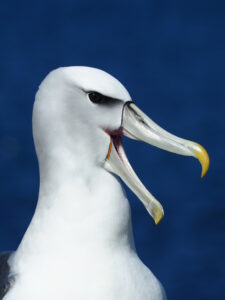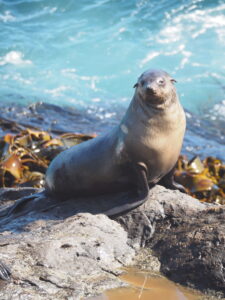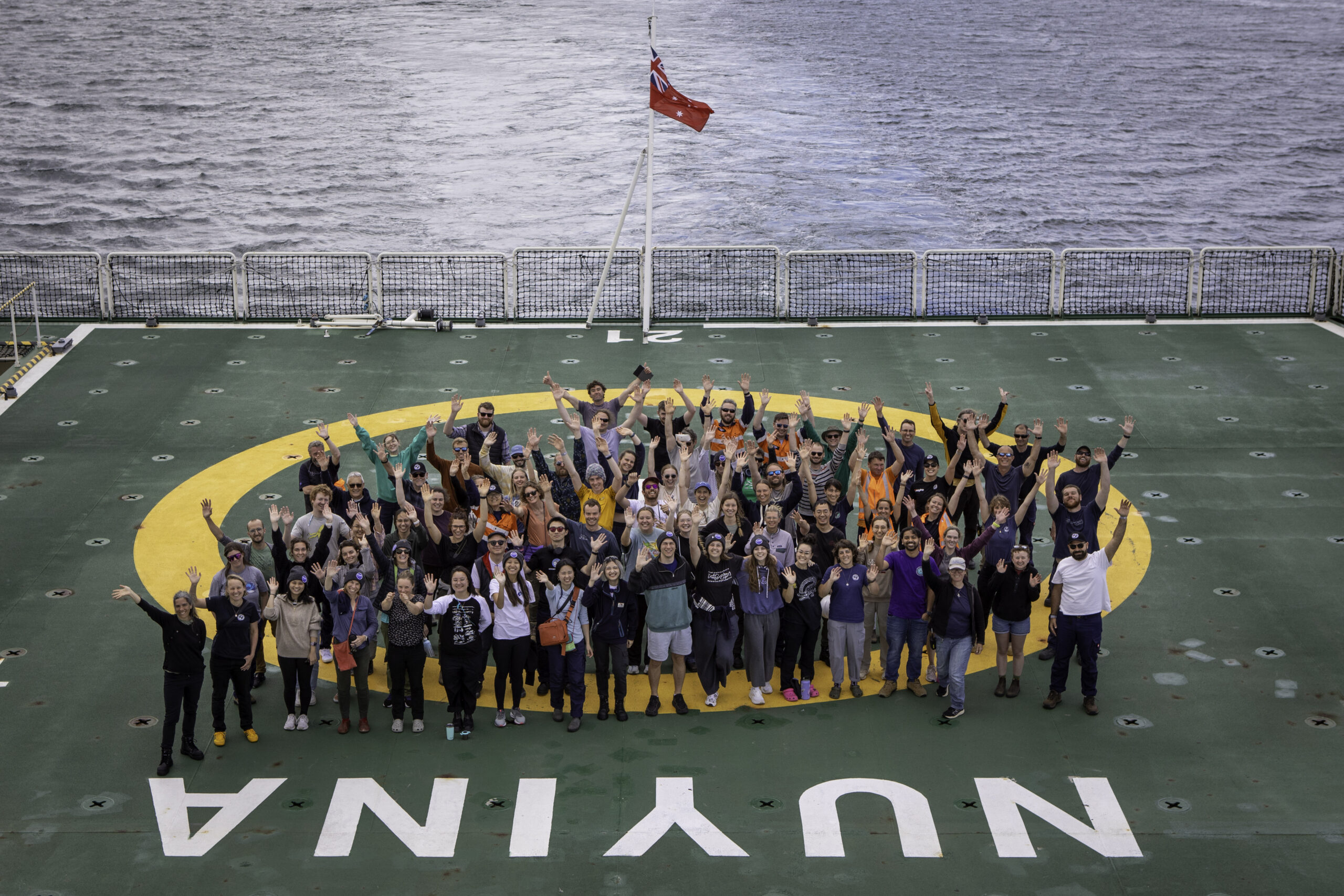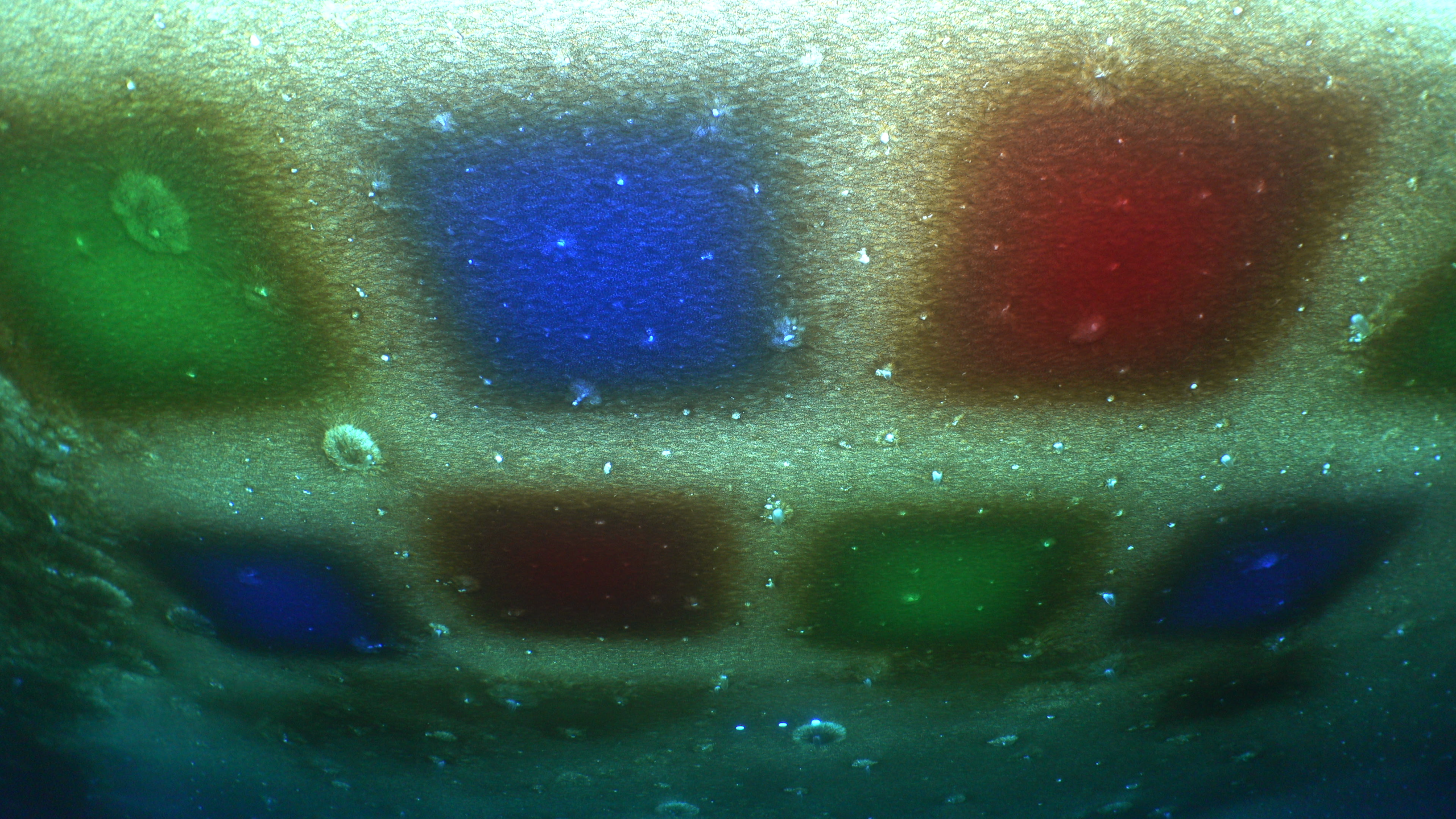
Extreme weather threatens survival of seabirds and seals
Scientists have identified the Australian and Antarctic marine predators most vulnerable to the impacts of climate change, and it will help focus conservation efforts for species under threat.
The new PhD study, published in Global Change Biology, highlights the need to understand how severe weather impacts species during breeding when they’re at their most vulnerable, and how it will impact their survival in the face of a changing climate.
The study team assessed the climate risk for 53 marine predator species across southeast Australia and nearby Antarctic territory, and developed a climate change risk assessment framework based on the findings.
“Seabirds, seals and penguins are especially vulnerable to environmental changes, because they rely on land-based breeding sites and the ocean to find food – and this dual dependency makes them particularly susceptible to changes in both habitats,” said lead author Milan Sojitra, who is a PhD student affiliated with the ARC Australian Centre for Excellence in Antarctic Science (ACEAS) and based at the Institute for Marine and Antarctic Studies (IMAS) at the University of Tasmania.
“Young seabirds, seals and penguins are highly sensitive to external threats such as severe weather, predation and disease, making the breeding season a critical period for them,” he said.
“We also found that extreme weather events are the major threat to these species, and these events are increasing in frequency and intensity as the climate changes.
“Extreme weather such as snowstorms, heavy rain, strong winds, floods, storm surges and heatwaves negatively impact 36 of the studied species – disrupting breeding patterns, altering habitats and reducing prey availability.”


The study highlights several species requiring urgent attention, including the shy albatross, Australian fur seals, southern rockhopper penguins and Australian sea lions.
“All of these species have had recent and significant breeding failures,” ACEAS and IMAS marine ecologist and co-author Professor Mary-Anne Lea said.
“By identifying the species most at risk and understanding the specific threats they face, this study offers a roadmap for targeted conservation efforts.
“Conservation measures are also more practical on breeding grounds than across the vast oceanic non-breeding habitats.”
Professor Lea said the world recently experienced its hottest single day ever, with a 50°C temperature anomaly in Antarctica, heatwaves in Europe and severe floods in the Americas, Africa and Asia.
“Conservation strategies must focus on protecting critical habitats, fine-scale monitoring protocols and the development of threat-specific climate adaptation strategies,” she said.
Milan Sojitra said these approaches could include increasing native vegetation for natural protection, installing insulated nests to shield seabirds from weather extremes, and relocating vulnerable populations to more stable environments.
“We need collaborative efforts among scientists, conservationists, industries, the blue economy and policymakers to develop and implement strategies to protect these iconic species and ensure their long-term survival,” he said.
PAPER
Milan Sojitra, Stuart Corney, Mark Hemer, Sheryl Hamilton, Julie McInnes, Sam Thalmann, Mary-Anne Lea. (2024). ‘Traversing the land-sea interface: A climate change risk assessment of terrestrially breeding marine predators’. Global Change Biology. DOI: 10.1111/gcb.17452


